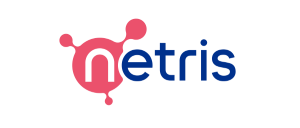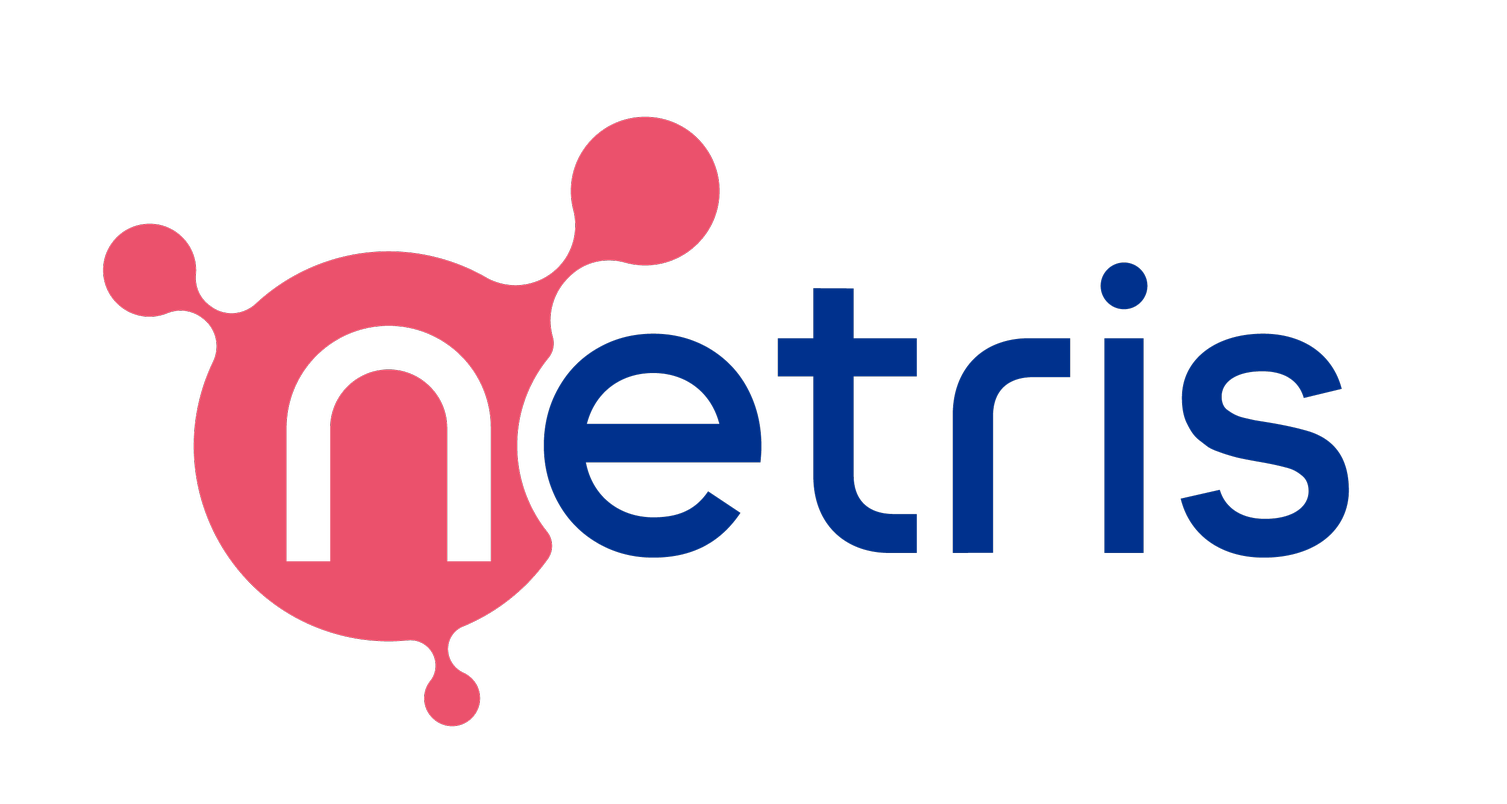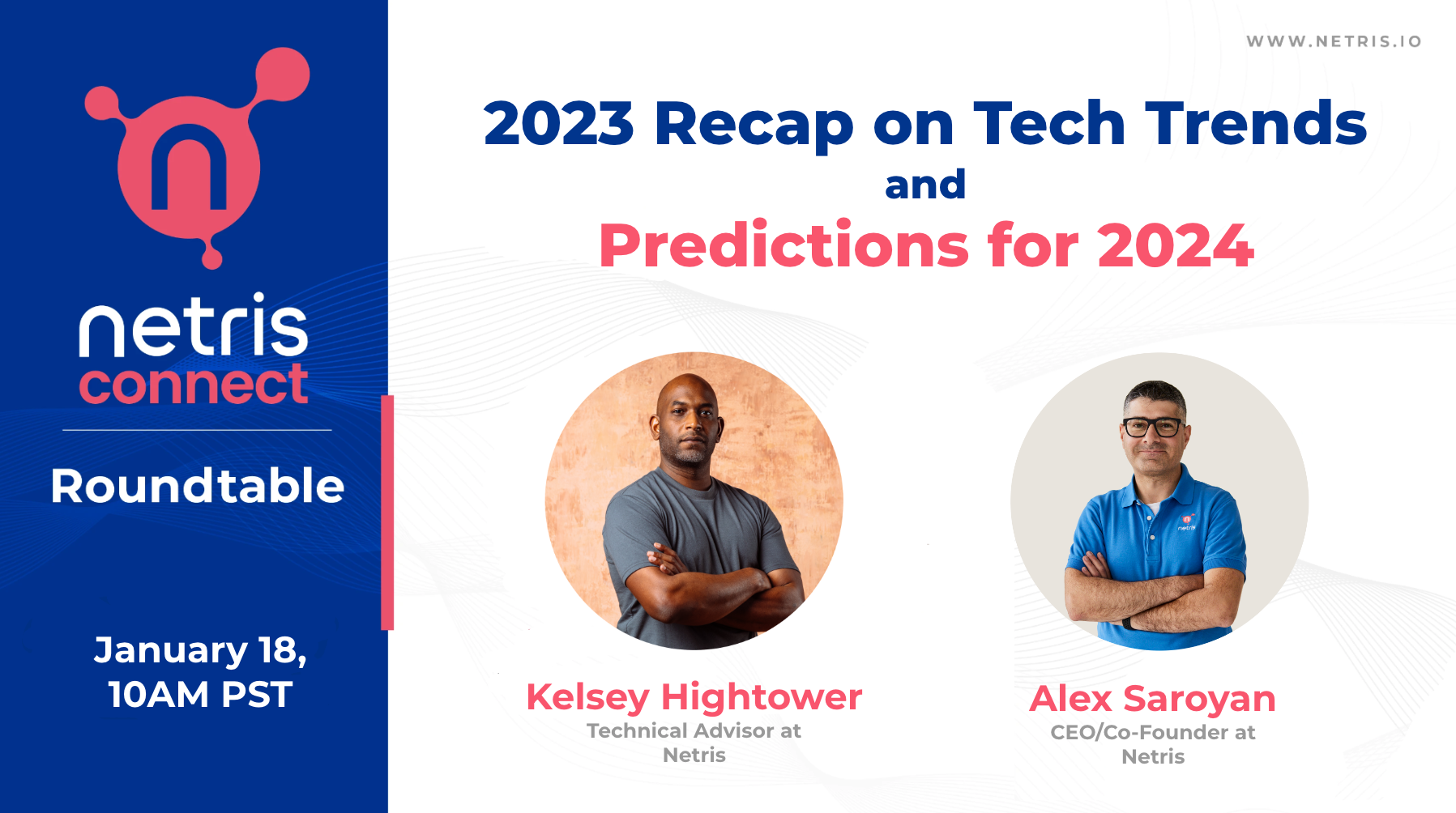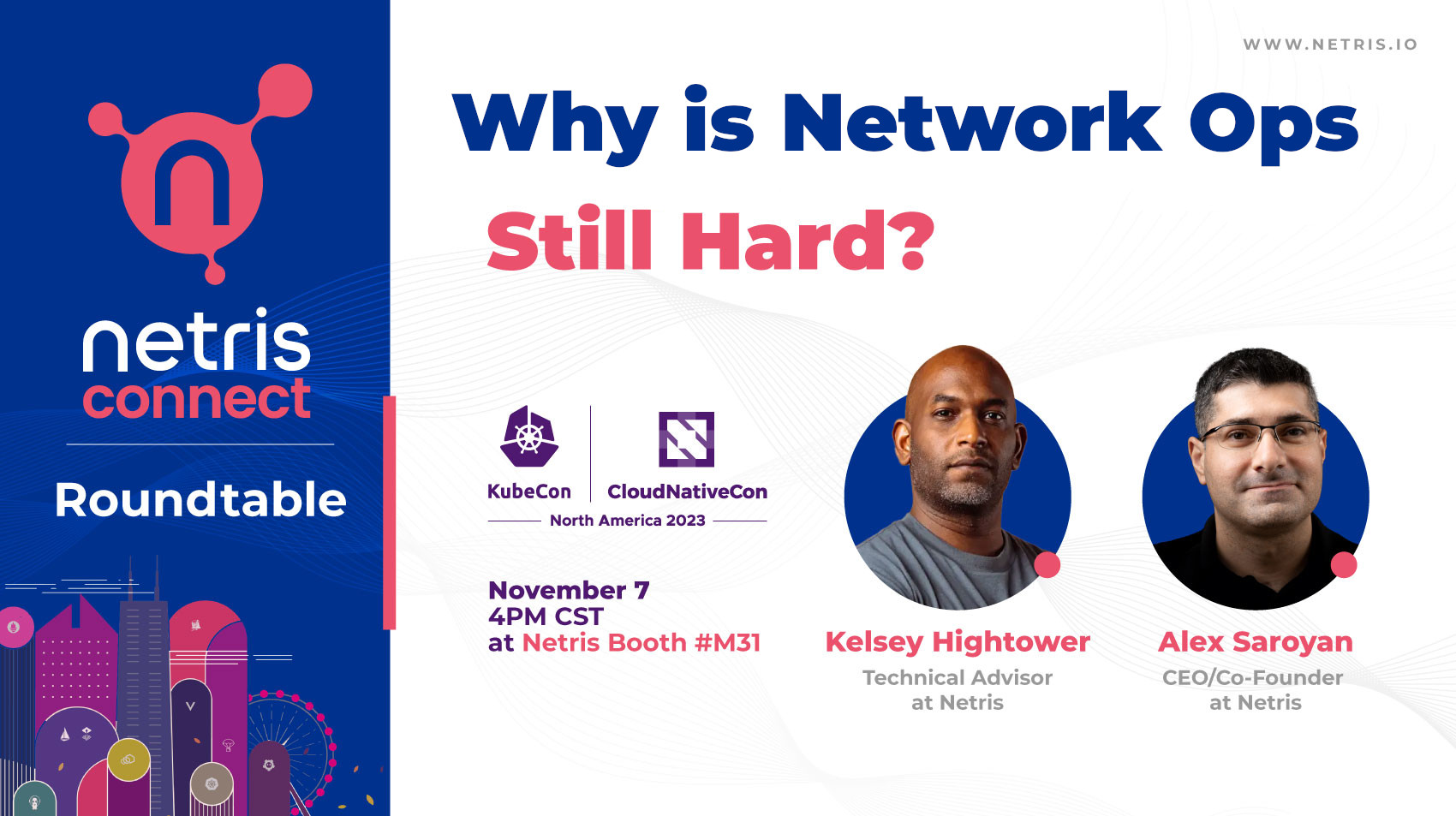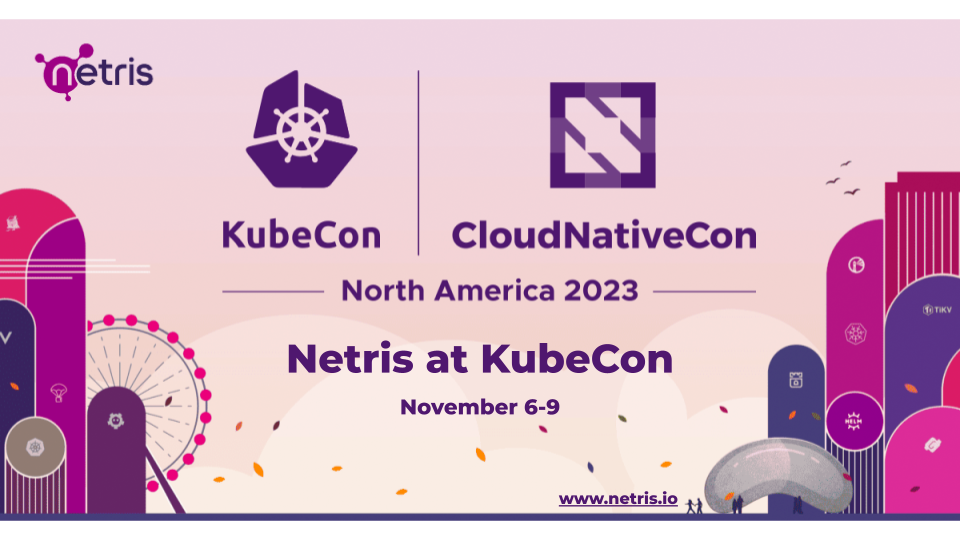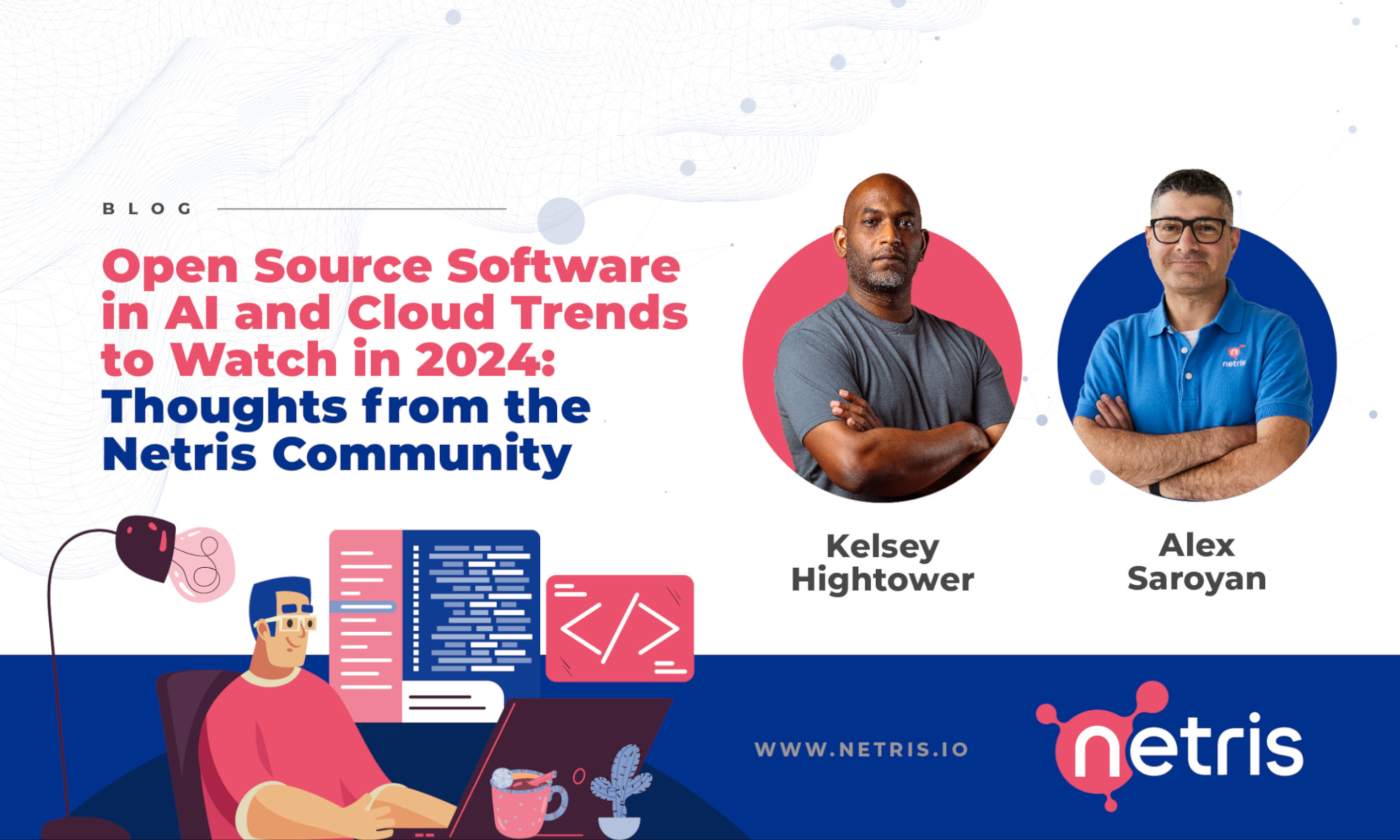
Open Source Software in AI and Cloud Trends to Watch in 2024: Thoughts from the Netris Community
Let’s face it: The world of open source software can feel boring – in a good way. Open source has become so pervasive, and so deeply entrenched within modern software stacks and ecosystems, that it’s easy not to think much about it. The era of AI, cloud and big data is here – and now, more than ever, open-source is playing a critical role.
Yet the recent roundtable discussion that Netris hosted with Kelsey Hightower was a reminder that there is still plenty of change afoot for open source software and everyone who uses it. The event didn’t aim to focus on open source specifically – and participants did discuss other important topics, like cloud computing trends and the relationships between cloud competitors – but open source was a key part of the conversation.
Specifically, Hightower and other participants discussed three themes that are poised to have major consequences for open source software in 2024 and beyond.
1. Open source licensing changes
Looking back at the past year, Hightower observed that the open source ecosystem had been rocked by some messy debates surrounding licensing – namely, HashiCorp’s decision to change the licensing terms for future releases of some of its products (including Terraform, a popular Infrastructure-as-Code tool) and Red Hat’s new policy of placing source code for its Linux-based operating system behind what critics deem a “paywall.”
These developments affected only a handful of open source products, and neither turned previously open source solutions into closed source software. Nonetheless, they sparked a fair amount of controversy in the open source ecosystem about the long-term viability of open source licenses.
Hightower’s take was that the license changes probably don’t signal a wholesale crisis for open source, but they do reflect a new reality that more and more companies will need to embrace if they want to continue to benefit open source: The need for a greater investment in open source projects by companies that can make meaningful contributions.
“It’s not sustainable to work for free,” Hightower said. “Open source sustainability is coming to a head.”
He added that “most people don’t know this but even Kubernetes struggled to get contributors,” referring to the open source container orchestration platform that he helped develop as a Distinguished Engineer at Google.
The solution, in Hightower’s view, is simple: Companies that want to use open source software need to pay more developers to contribute to it. “If you want to avoid a Red Hat ‘paywall,’ go help write the code,” he said.
2. Open source, AI and network infrastructure
Roundtable participants also tackled what has become a buzzworthy topic over the past year: The role of open source software in the generative AI space.
Alex Saroyan, Netris co-founder and CEO, noted that much of the discussion to date about open source and generative AI has centered on companies like Mistral, which aim to build open source generative AI models that can perform at least as well as those from vendors like OpenAI (which, despite its name, does not produce open source products).
That’s one important facet of open source in the realm of AI, Saroyan said. But another critical consideration – and one that hasn’t received nearly as much attention as it deserves – is the importance of providing open source AI projects with access to the cloud and networking infrastructure resources they need to train AI models.
The reason why is simple: Few, if any, open source projects own the massive compute infrastructure they need to train models. Instead, they rely on cloud infrastructure for training. For AI model training, as well as inference, leveraging the Big 3 public cloud providers – meaning Amazon, Azure and Google Cloud Platform – becomes prohibitively expensive, especially at scale. To “do” AI, businesses need AWS alternatives, GCP alternatives and so on.
“This is why we are seeing many new organizations launching AI cloud services for model training, as well as deploying private edge clouds for AI inference,” Saroyan said.
Indeed, making AI infrastructure more accessible through alternative public and private cloud providers is “one of the reasons why we’re seeing new generations of ethernet technology, like NVIDIA Spectrum-X,” Saroyan noted.
He added that “AI needs significantly more network and cloud infrastructure built in a highly-scalable but also highly cost-efficient manner. The new generation of networking solutions that Netris is helping customers to deliver depends on open source software and commodity hardware. DPUs are a big part of this picture,” he said, referring to special acceleration hardware known as Data Processings Units (DPUs) that are vital for scalable and efficient networks.
In short: Open source has a critical role to play in the future of generative AI, and it’s not limited to open source AI models. Expect to see open source crop up in other corners of the AI ecosystem – including the networks that serve as the vital link between AI workloads and the infrastructure they depend on.
3. Shareable open source AI models
Hightower offered another prediction about how generative AI and open source will converge: “We’ll treat models like shareable libraries.”
He meant that AI developers will use the open source example to build AI models that anyone can use and improve on. He envisions a world where borrowing someone else’s model is as simple as importing a module into your codebase or deploying a container from a public repository.
Hightower added that shareable open source AI models will require an “ecosystem of companies” to build, share and maintain AI software. “No one private entity can run away with these things,” he said.
Of course, given Hightower’s other observations during the roundtable about the importance for companies of backing open source products, any ecosystem that grows up surrounding open source models will need more than just volunteer labor. It will require committed investment from organizations with the means to support high-quality model development and training.
Conclusion: The future of open source
There’s plenty more to say about where open source is headed. But if Hightower and the rest of the Netris community are any guide – and we think they are! – expect new strategies for funding open source, as well as novel approaches to leveraging open source in the realm of AI, to become key open source trends during 2024.
Expect, too, to stop thinking of open source as a “boring” type of resource that developers can take for granted. The open source world is changing, and while we don’t know exactly what’s coming next, we are confident that developments like open source licensing changes and the advent of generative AI will force open source projects and communities to adopt new strategies.
